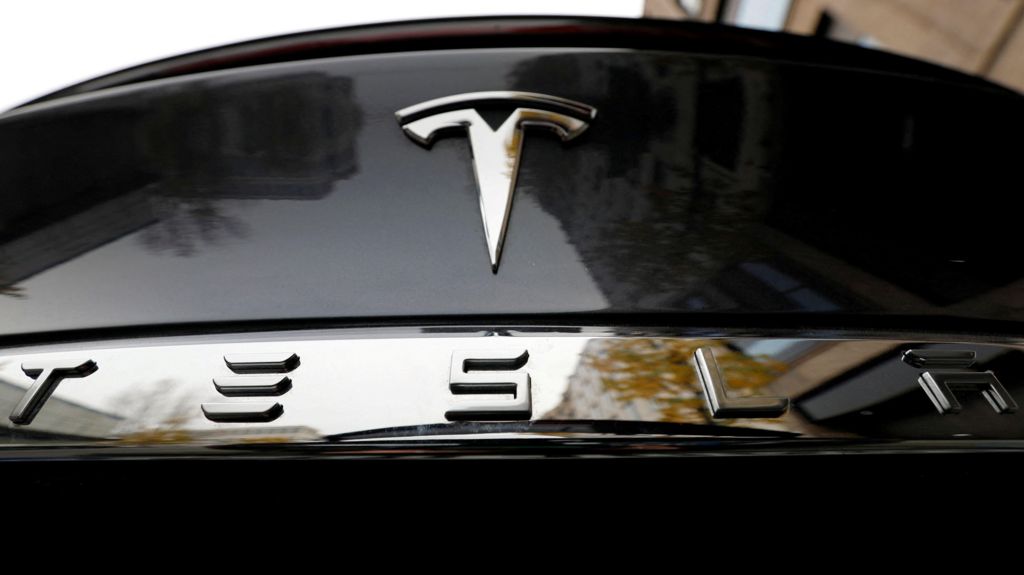Following the political and popular backlash in Iran over details of its plans to make the Islamic Republic effectively a client state through various multi-layered oil and gas deals, China has switched its attention for the moment to Iran’s close ally and neighbour, Iraq. Like Iran, Iraq has enormous and still relatively underdeveloped oil and gas reserves, it is an irreplaceable geographical stepping stone in China’s ‘One Belt, One Road’ programme, and it is in need of major ongoing funding. China already has leverage over Iraq as the leading oil company (Rosneft) of its close geopolitical ally, Russia, already has effective control over the oil and gas infrastructure of the north Iraq semi-autonomous region of Kurdistan, and Chinese companies operate on a number of fields in south Iraq. Last week saw key developments in China’s cornerstone project of making Iraq into a client state.
The first of these developments was the announcement from Iraq’s Finance Ministry that the country had started exporting 100,000 barrels per day (bpd) of crude oil to China in October as part of the 20-year oil-for-infrastructure deal agreed between the two countries. As highlighted by OilPrice.com, the broad framework of this arrangement was agreed last September during a visit by Iraq’s then-Prime Minister Adel Abdul Mahdi to Beijing, with the purpose of expanding China’s then US$20 billion of investment in Iraq in addition to the US$30 billion or so in annual trade between the two countries. According to last week’s statement, Chinese firms Zhenhua Oil and Sinochem were the importers of the Iraqi barrels involved, and OilPrice.com understands that all trade financing surrounding these exports – and many of those to come – have been done by the China Export and Credit Insurance Corporation.
This arrangement neatly rolls into China’s wider plan for Iraq (and Iran) as it aims to gradually increase its presence across the country, just as it has done in many countries in Africa in what has been regarded by many as a new wave of colonisation, as analysed in depth in my new book on the global oil markets. For Iraq and Iran, China’s plans are particularly far-reaching, OilPrice.com has been told by a senior oil industry figure who works closely with Iran’s Petroleum Ministry and Iraq’s Oil Ministry. China will begin with the oil and gas sector and work outwards from that central point. In addition to being granted huge reductions on buying Iranian oil and gas, China is to be given the opportunity to build factories in both Iran and Iraq – and build-out infrastructure, such as railways – overseen by its own management staff from Chinese companies. These are to have the same operational structure and assembly lines as those in China, so that they fit seamlessly into various Chinese companies’ assembly lines’ process for whatever product a particular company is manufacturing, whilst also being able to use the still-cheap labour available in both Iraq and Iraq. Related: Oil Giant Sees Stock Soar 20% On Unexpected Oil Find
The railway infrastructure in Iraq, such as it is, will be built out after the completion of the network in Iran by China, allowing for the transport of all manufactured products from China into, ultimately, Europe. In this context, late last year saw Iran’s Vice President, Eshaq Jahangiri announce that Iran had signed a contract with China to implement a project to electrify the main 900 kilometre railway connecting Tehran to the north-eastern city of Mashhad. Adjunct to this, Jahangiri added that there are also plans to establish a Tehran-Qom-Isfahan high-speed train line and to extend this upgraded network up to the north-west through Tabriz. Tabriz, home to a number of key sites relating to oil, gas, and petrochemicals, and the starting point for the Tabriz-Ankara gas pipeline, will be a pivot point of the 2,300 kilometre New Silk Road that links Urumqi (the capital of China’s western Xinjiang Province) to Tehran, and connecting Kazakhstan, Kyrgyzstan, Uzbekistan and Turkmenistan along the way, and then via Turkey into Europe. Once the plans for this are making substantial progress then China will extend the transport links into Iraq to the West.
In the meantime, Iraq has been working on new laws that will regulate the operation of a reconstruction agency, the primary function of which, according to the source, will be ensure that China “is allowed to just get on with things, without the usual red-tape.” Only recently, for example, Iraq’s Electricity Minister Louay al-Khateeb wrote: “China is our primary option as a strategic partner in the long run…We started with a US$10 billion financial framework for a limited quantity of oil to finance some infrastructure projects…[but] Chinese funding tends to increase with the growing Iraqi oil production, [and is] to be used differently from the previous policies, through construction, investments and operationalization [sic] of the reconstruction council.” Related: Russia And Turkey Call For Ceasefire In War-Torn Libya
The second key announcement in this vein made last week from Iraq was that the Oil Ministry has completed the pre-qualifying process for companies interested in participating in the Iraqi-Jordanian oil pipeline project. The U$5 billion pipeline is aimed at carrying oil produced from the Rumaila oilfield in Iraq’s Basra Governorate to the Jordanian port of Aqaba, with the first phase of the project comprising the installation of a 700-kilometre-long pipeline with a capacity of 2.25 million bpd within the Iraqi territories (Rumaila-Haditha). The second phase includes installing a 900-kilometre pipeline in Jordan between Haditha and Aqaba with a capacity of 1 million bpd. Iraq’s Oil Minister – for the time being, at least – Thamir Ghadhban added that the Ministry has formed a team to prepare legal contracts, address financial issues and oversee technical standards for implementing the project, and that May will be the final month in which offers for the project from the qualified companies will be accepted and that the winners will be announced before the end of this year. Around 150,000 barrels of the oil from Iraq would be used for Jordan’s domestic needs, whilst the remainder would be exported through Aqaba to various destinations, generating about US$3 billion a year in revenues to Jordan, with the rest going to Iraq. Given that the contractors will be expected to front-load all of the financing for the projects associated with this pipeline, Baghdad expects that such tender offers will be dominated by Chinese and Russian companies, according to the Iran and Iraq source.
“It will allow for infrastructural diversification for the China-Russia partnership that is now really gathering pace across the centre of the Middle East, to add to the plans we are seeing being put into place for Syria,” he told OilPrice.com last week. Specifically, the entry of the hitherto virtually unknown Russian company, Stroytransgaz, into the hitherto equally unknown Block 17 of Iraq’s barren and lawless Anbar region recently: “Is the absolute clear sign that the Iran-Iraq-Syria oil and gas pipelines system is now going ahead,” according to the Iran and Iraq source. “This whole area is right in the centre of what the U.S. military used to call ‘the spine’ of Islamic State where the Euphrates flows westwards into Syria and eastwards into the Persian Gulf, extremely close to the border with Iran,” he said. “Along the spine running from east to west are the historical ultra-nationalist and ultra-anti-West cities of Falluja, Ramadi, Hit and Haditha, and then we’re into Syria, and a short hop to the key strategic ports of Syria – Banias and Tartus – that also happen to be extremely important to the Russians,” he underlined. “With access to Jordan as well, China and Russia will have all of the key export and transport routes covered,” he concluded.
By Simon Watkins for Oilprice.com
More Top Reads From Oilprice.com:




















